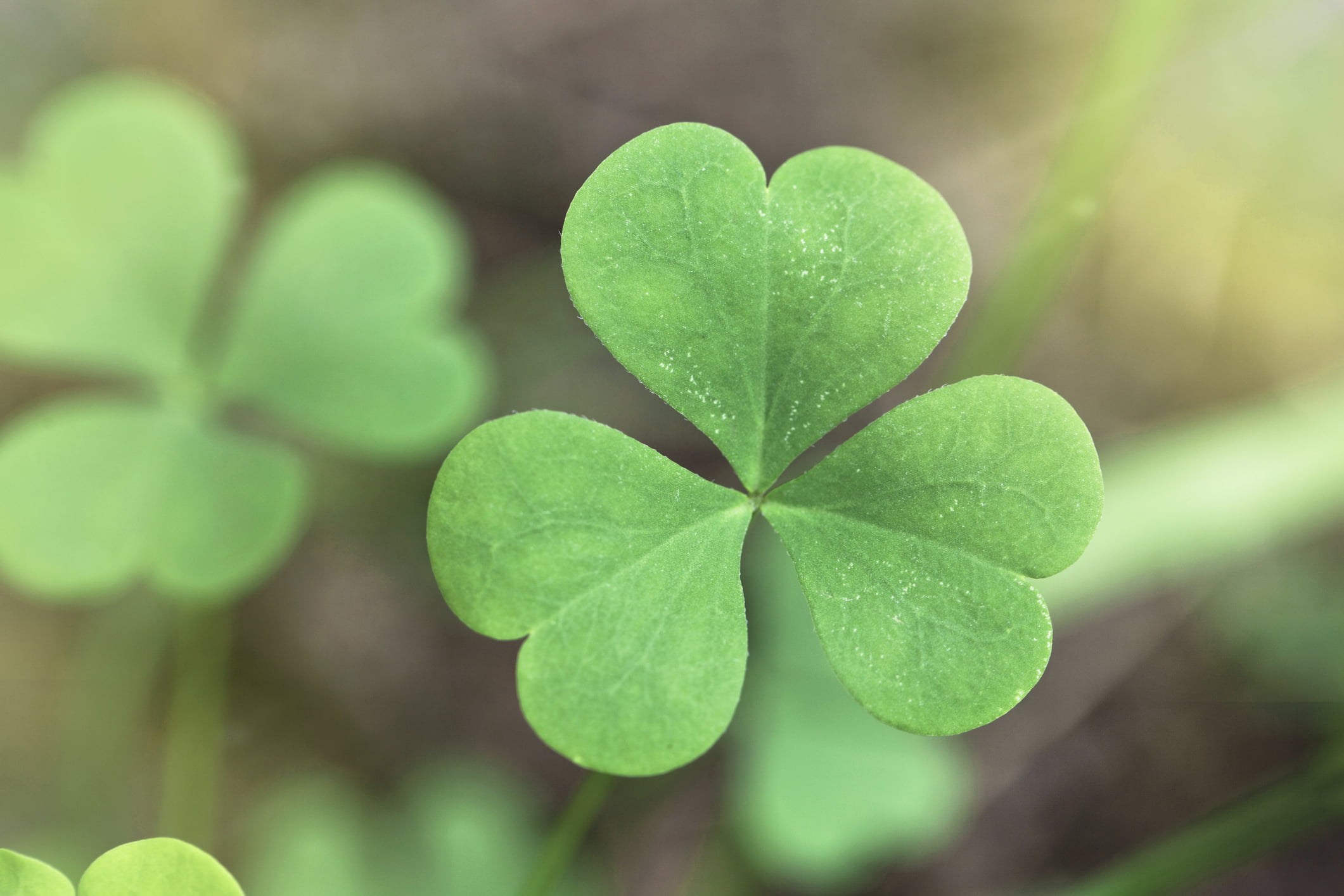One of the most surprising facts about Ireland’s patron saint is that Patrick was, in fact, not an Irishman, but was Welsh. He was kidnapped by Irish pirates and taken to Ireland where he remained a slave for six years, before escaping and returning to Britain. Several years later, he returned to Ireland of his own free will, as a missionary landing at the town of Donaghadee in County Down.
Donaghadee Parish Church is believed to have been a place of worship since the time of the Druids, who were Celtic religions leaders dating back to the fourth century BC. The future patron saint of Ireland arrived some centuries later, in the fifth century AD, when a stone church was erected known as the Church of “Dofnachti”. He later became the first bishop of County Armagh and remained in Ireland until his death on 17 March, a date now known as St Patrick’s Day.
During his time in Ireland, Patrick used the three-leaf shamrock as a metaphor to teach the Irish people about the Holy Trinity. The shamrock analogy is still useful today, and one that we can use to highlight Energy Saving Trust’s mission in Northern Ireland.
